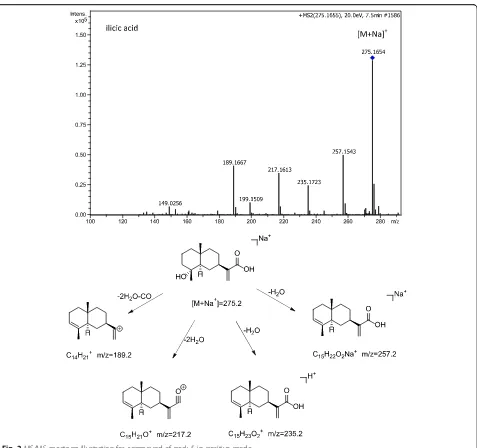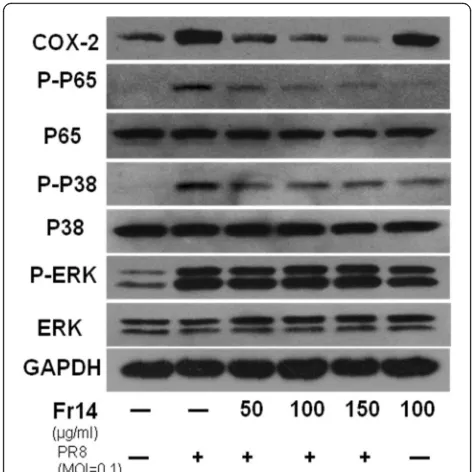Inhibition of influenza virus via a sesquiterpene fraction isolated from Laggera pterodonta by targeting the NF κB and p38 pathways
Full text
Figure




Related documents
In multiplier using various fast adders like ripple carry adder, carry lookahead adder, carry select adder, modified carry select adder are analyzed and compared in different
Following the innovative idea proposed in [4], in this paper a dual-beam planar array using grating lobes based on the circular patch element with conical beam pattern is proposed..
In this proposed algorithm shown in Fig 1, the positive justification of random prime numbers in the cipher text and positive justification of random alphabets
The presentation of the overall results and insights obtained from the data collected, not only helped to develop an international dialogue on the theme of this research, but also
Increasingly applications of artificial intelligence (AI) techniques, mainly artificial neural networks, have been applied to technical financial forecasting as they have
An efficient procedure was developed for in vitro callus induction, proliferation and regeneration of carnation cultivar ( Dianthus caryophyllus L.) using leaf, nodal
(b) Immunofluorescence of human PBMCs cultured with either M-CSF alone for 8 days or M-CSF + receptor activator of nuclear factor κ B ligand (RANKL) for 14 days showing the
tiert wurde [Fife, 2000], [Hjermstad, 1999], [McQuellon,1998], [Syrjala, 1993] oder sich Patienten 3 bis 5 Jahre post- SZT bezüglich Depression und emotionalem Wohlbe- finden nicht
